Powered by solar panels, La Seine Musicale is a new icon for Paris
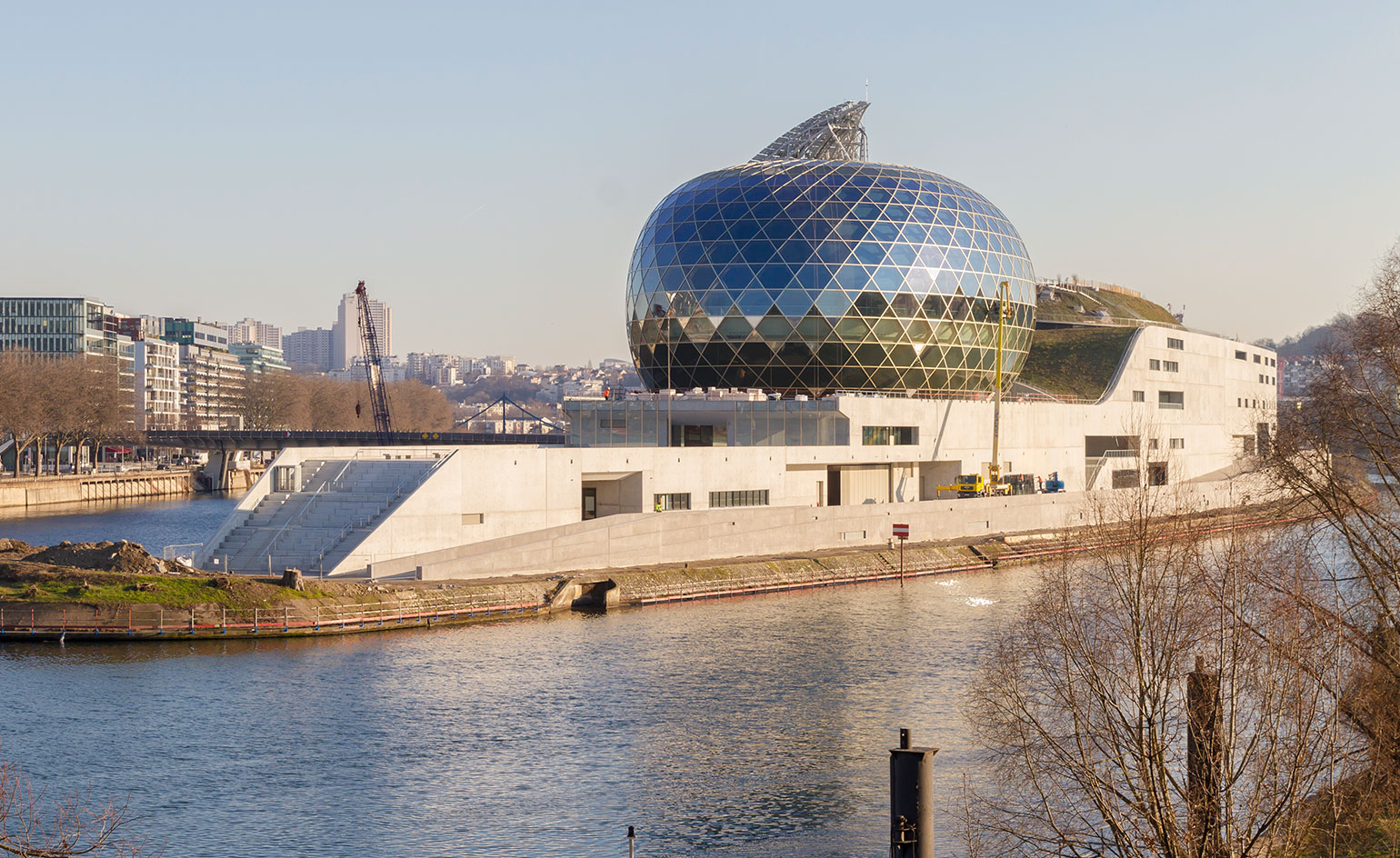
Designed by Shigeru Ban and Jean de Gastines, Paris’ new music venue La Seine Musicale has now opened to the public on Île Seguin. A new icon of the 21st century and a gateway to west Paris, the building had to be bold of course, something to rival the Eiffel Tower or the Centre Pompidou, yet it also had to meet contemporary environmental concerns and respond to how the public use and enjoy leisure space today.
The most striking feature of La Seine Musicale is the egg-shaped auditorium made of glass and a lattice of timber laminate from a woven spruce wood and accessorised with a dynamic 800 sq m sail of photovoltaic cells, which shields this core from direct sunlight. This agile and entirely solar-powered form is mounted on rails and follows the path of the sun at 15 minute intervals as it progresses, supplying the auditorium with energy.
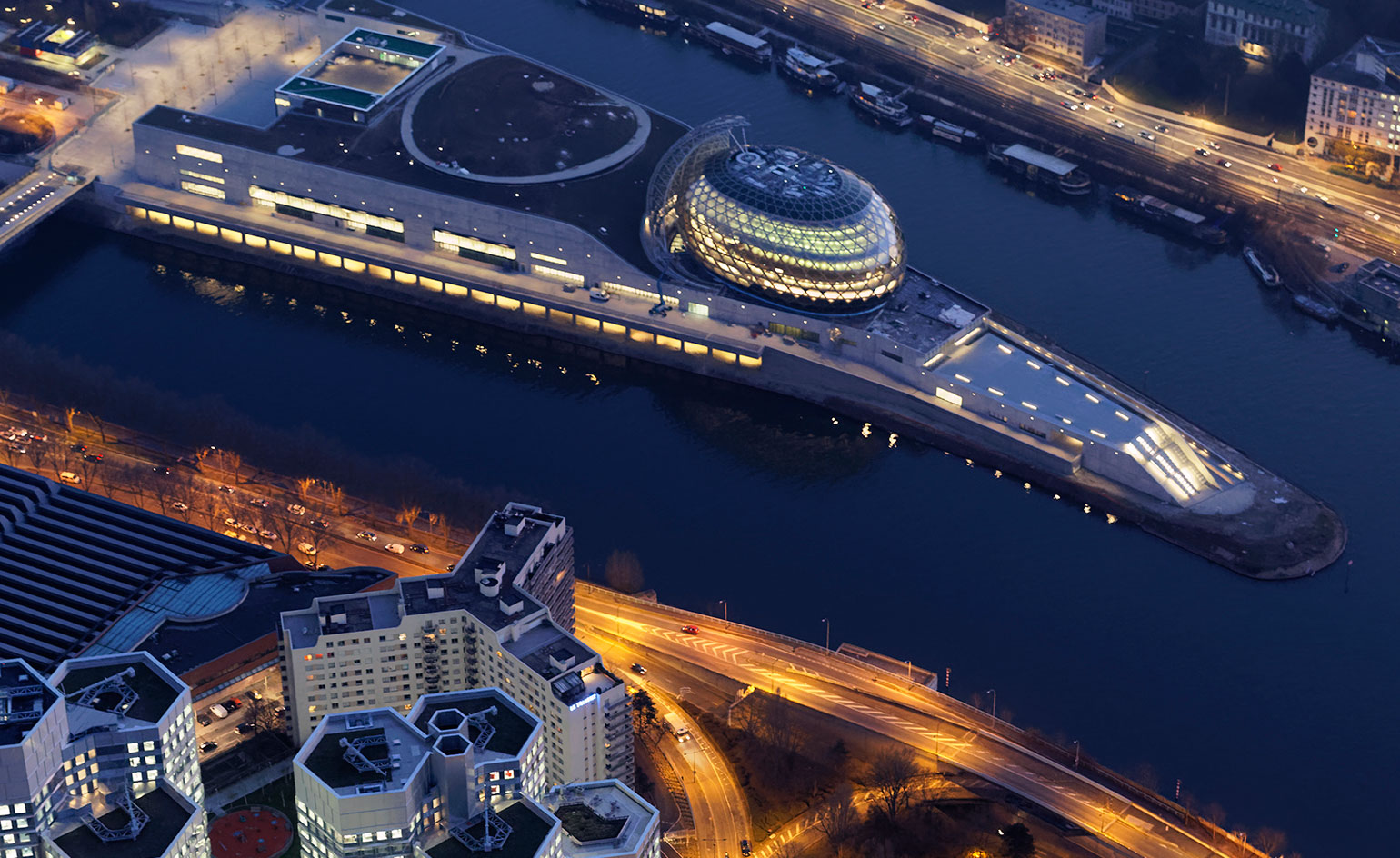
An aerial view of La Seine Musicale. The Île Seguin masterplan was designed by Jean Nouvel.
Inside the auditorium – designed for non-amplified music – there is a warm and organic atmosphere, a contrast to the technology-inspired futuristic outer-shell. Designed to bring audiences closer to musicians, a gentle terrace of seating holds a capacity of 1,150 people. Small tubular pieces of wood, cardboard, and paper tubes were assembled and applied across the ceilings to improve acoustics. As well as this iconic auditorium, La Seine Musicale includes a modular concert hall seating 4,000–6,000, nearly a hectare of roof top garden, the Riffx recording and rehearsal studios as well as space for a resident orchestra.
One of the aims of the architects was to create a public building that would express permeability between interior to exterior space, allowing people to filter naturally through the whole site. This porous quality, rooted in traditional Japanese architecture, was defined through the Grand Lobby, a covered ‘street’ that progresses through the heart of La Seine Musicale and out the other side. This was a route planned by Jean Nouvel, when he set out his masterplan for the Île Seguin in 2010 – a complex task for the long and narrow 2.35 hectare site.
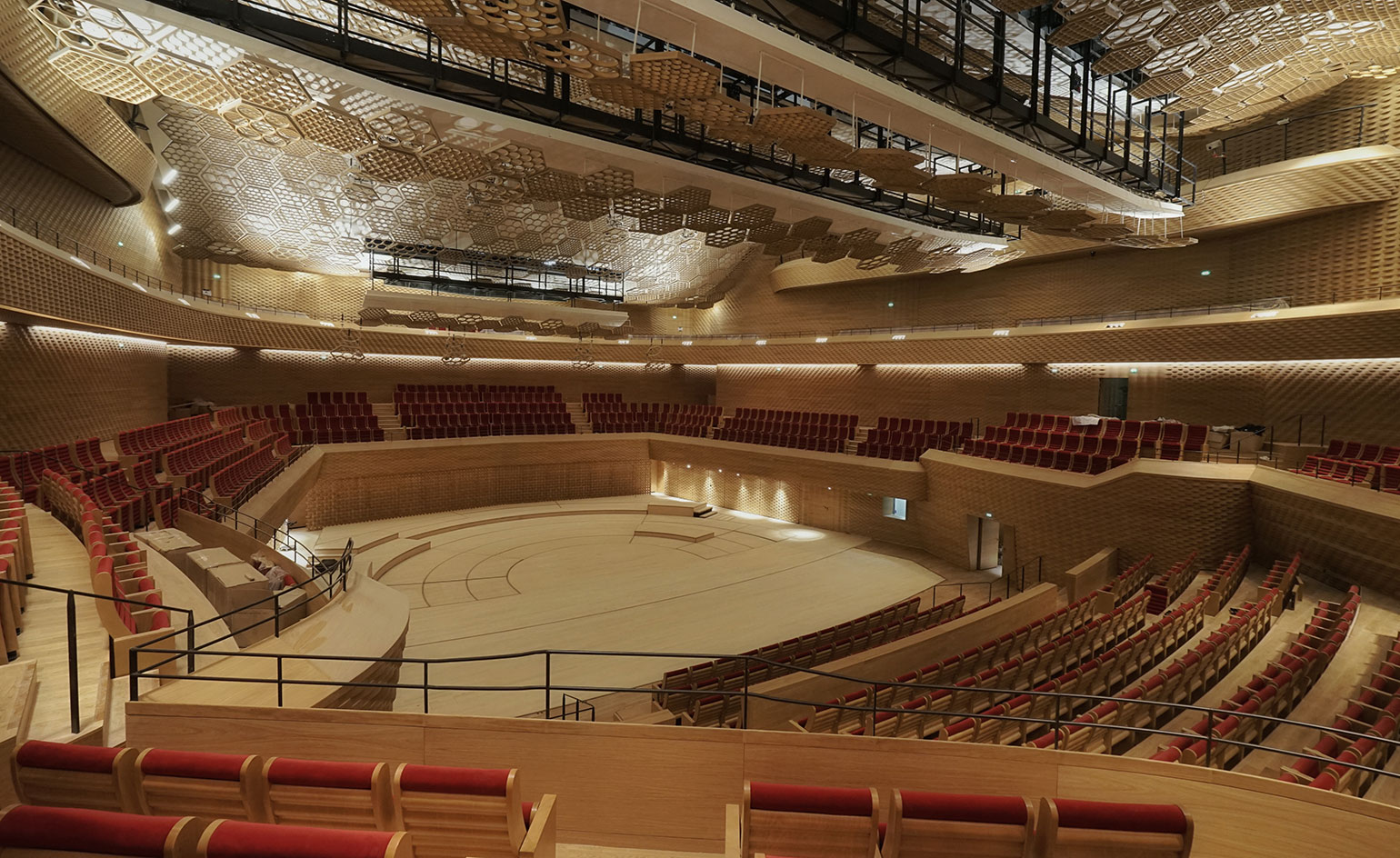
The auditorium was designed to be warm and organic, a contrast in shape and aesthetic to the exterior design of the auditorium.
Positioned on the route to Versailles, the slim slice of land has a fascinating history however, once owned by Louis XV who acquired it as a playground for his daughters and as a pit stop for weary aristocrats. Later sold to a laundry company, it then became state property after the French Revolution. After changing hands several times, Louis Renault claimed it for his first factory, opened in 1929 and demolished in 2005, leaving the island up for grabs. After a few false starts, one notably from François Pinault, the Ville de Boulogne-Billancourt initiated a plan for an island of culture that would be master planned by Nouvel.
Other sites on the island are slowly being populated by art galleries and cultural venues. Watch this space, but don’t hold your breath – next scheduled to complete in 2021 is the S17 contemporary art gallery and S18 hotel designed by Baumschlager Eberle from developer Emerige.
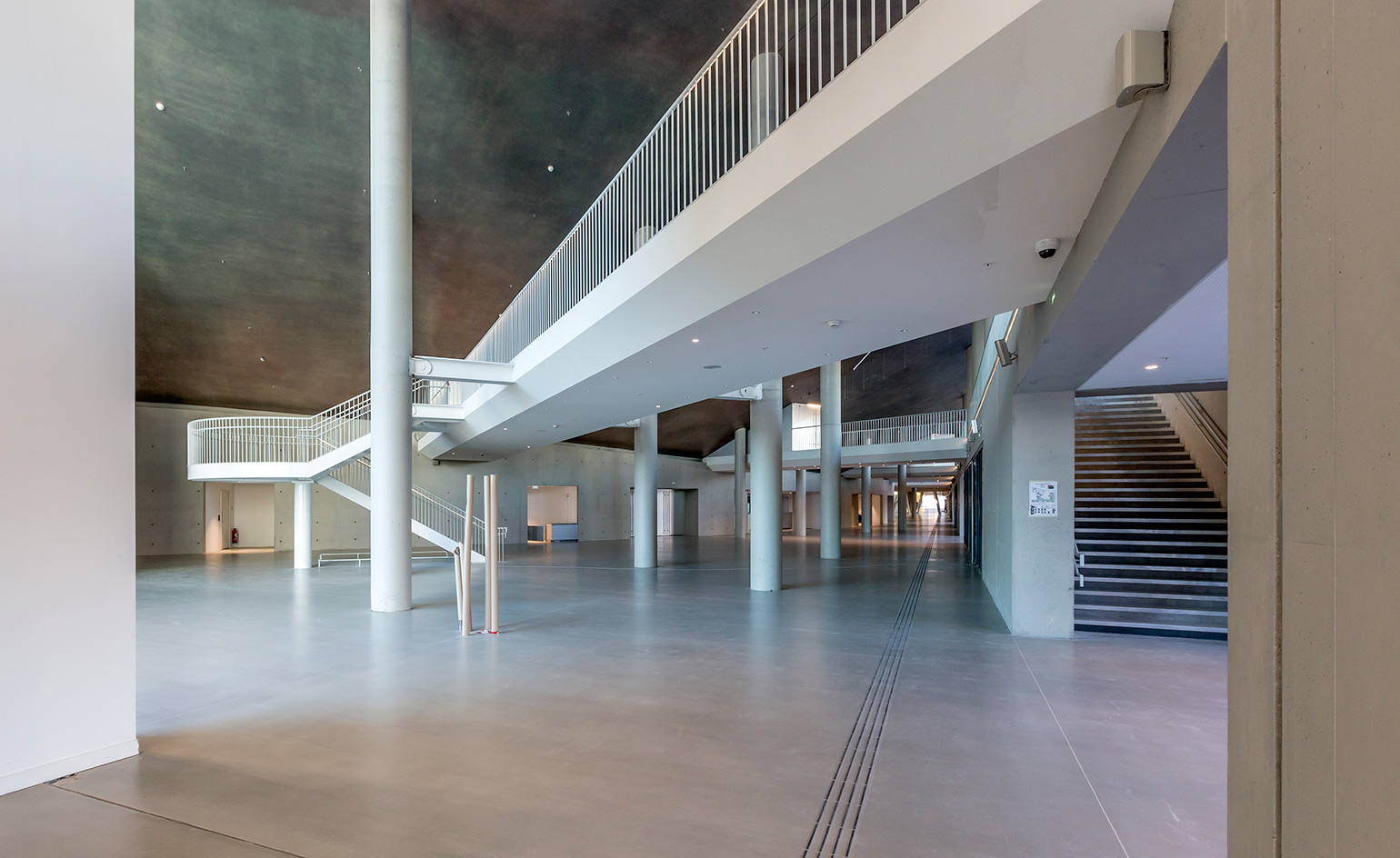
The architects looked to express permeability between interior to exterior space, allowing people to filter naturally through the whole site
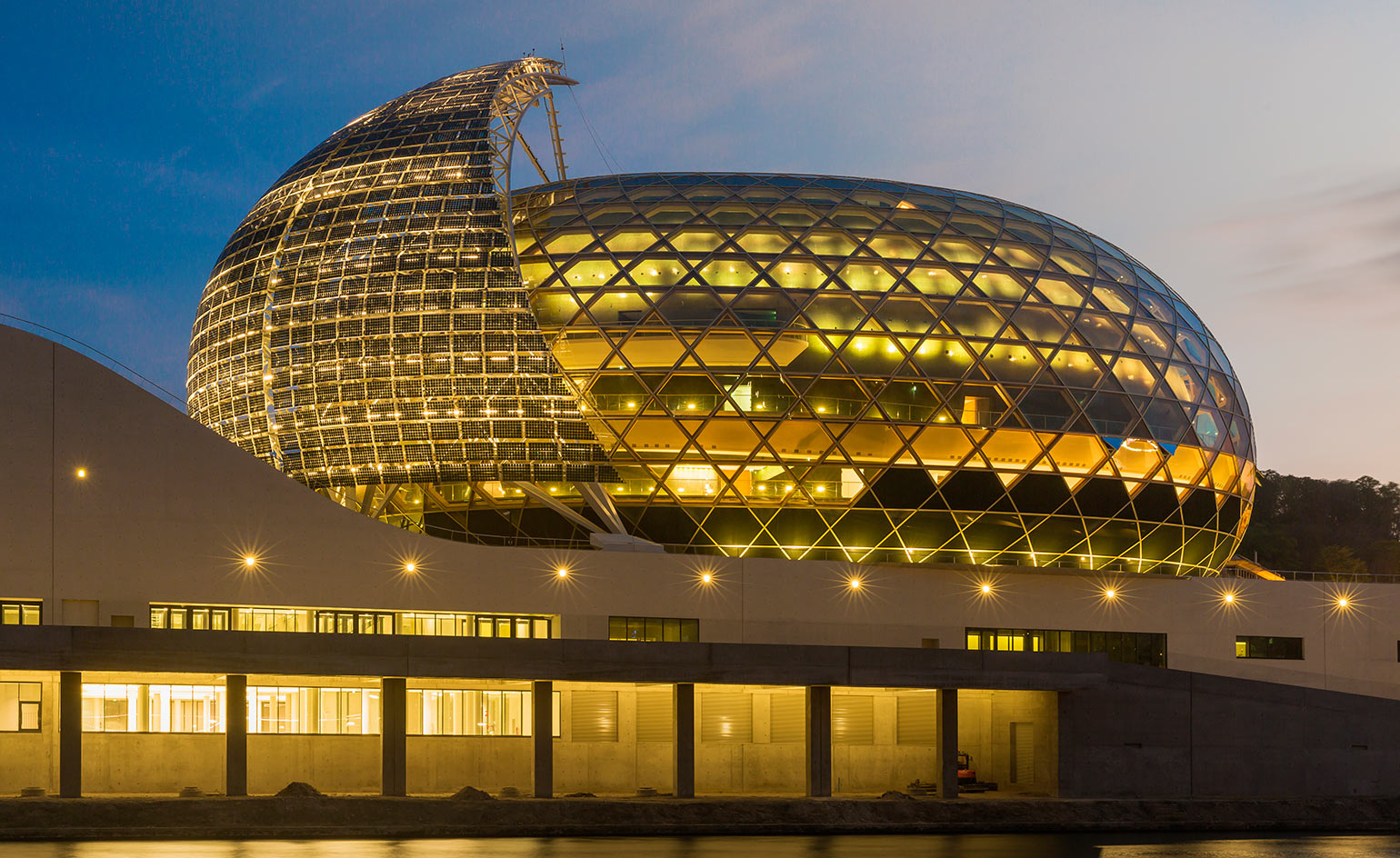
The egg-shaped auditorium made of glass and timber laminate is shielded by a dynamic sail of solar panels that follows the path of the sun
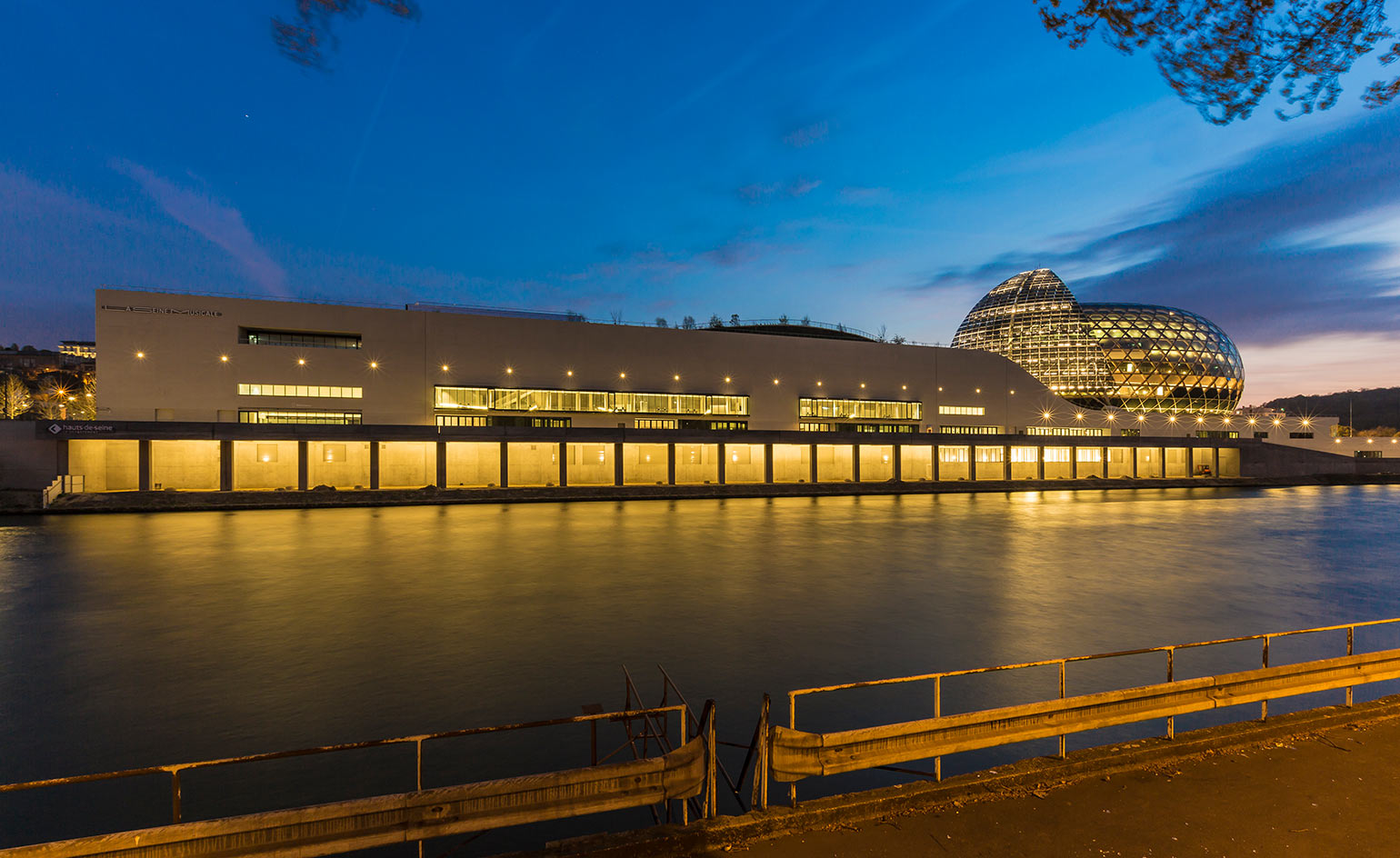
The Île Seguin is just twenty minutes by metro from the centre of Paris
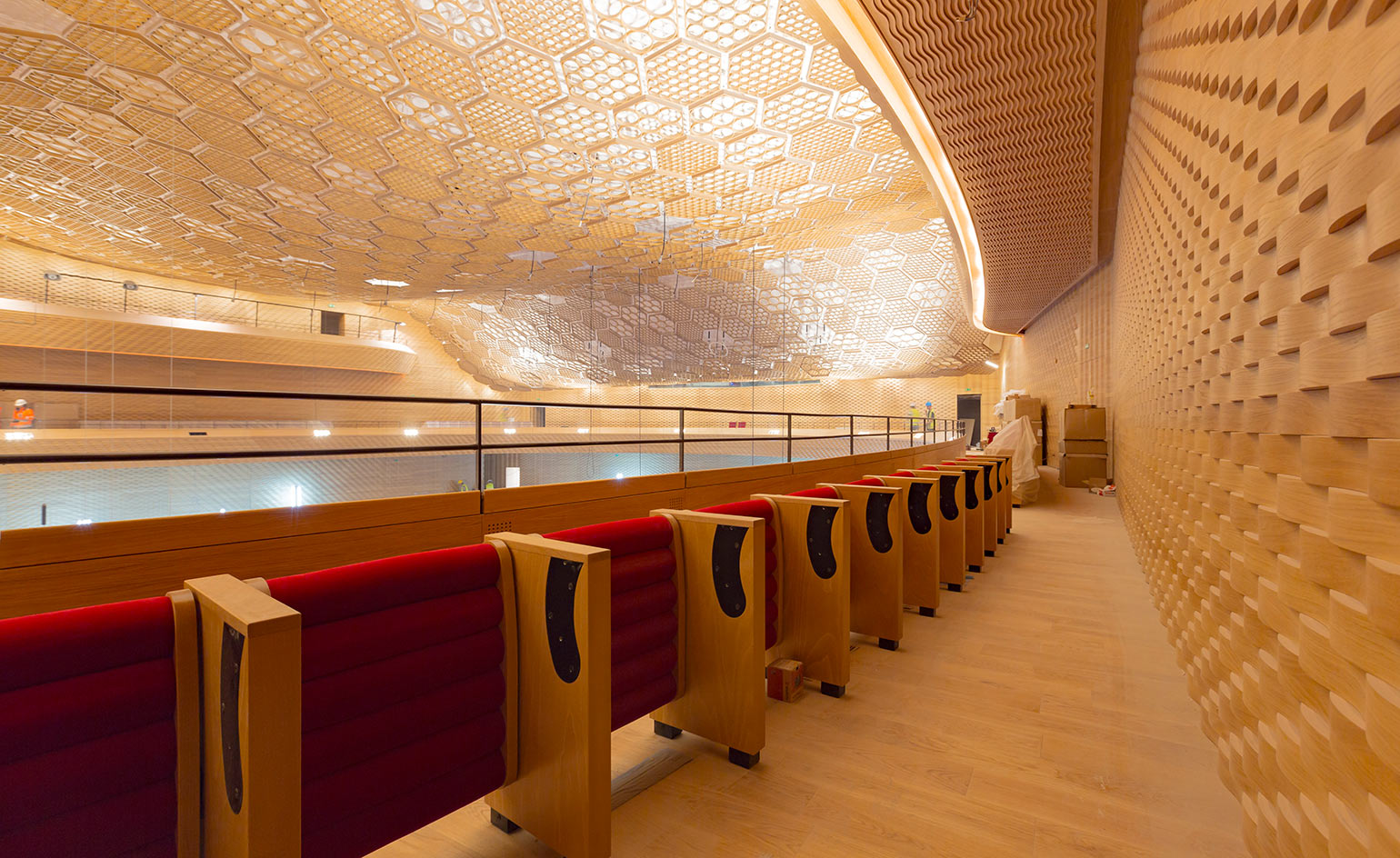
The auditiorim seats 1,150 people and is designed for non-amplified music
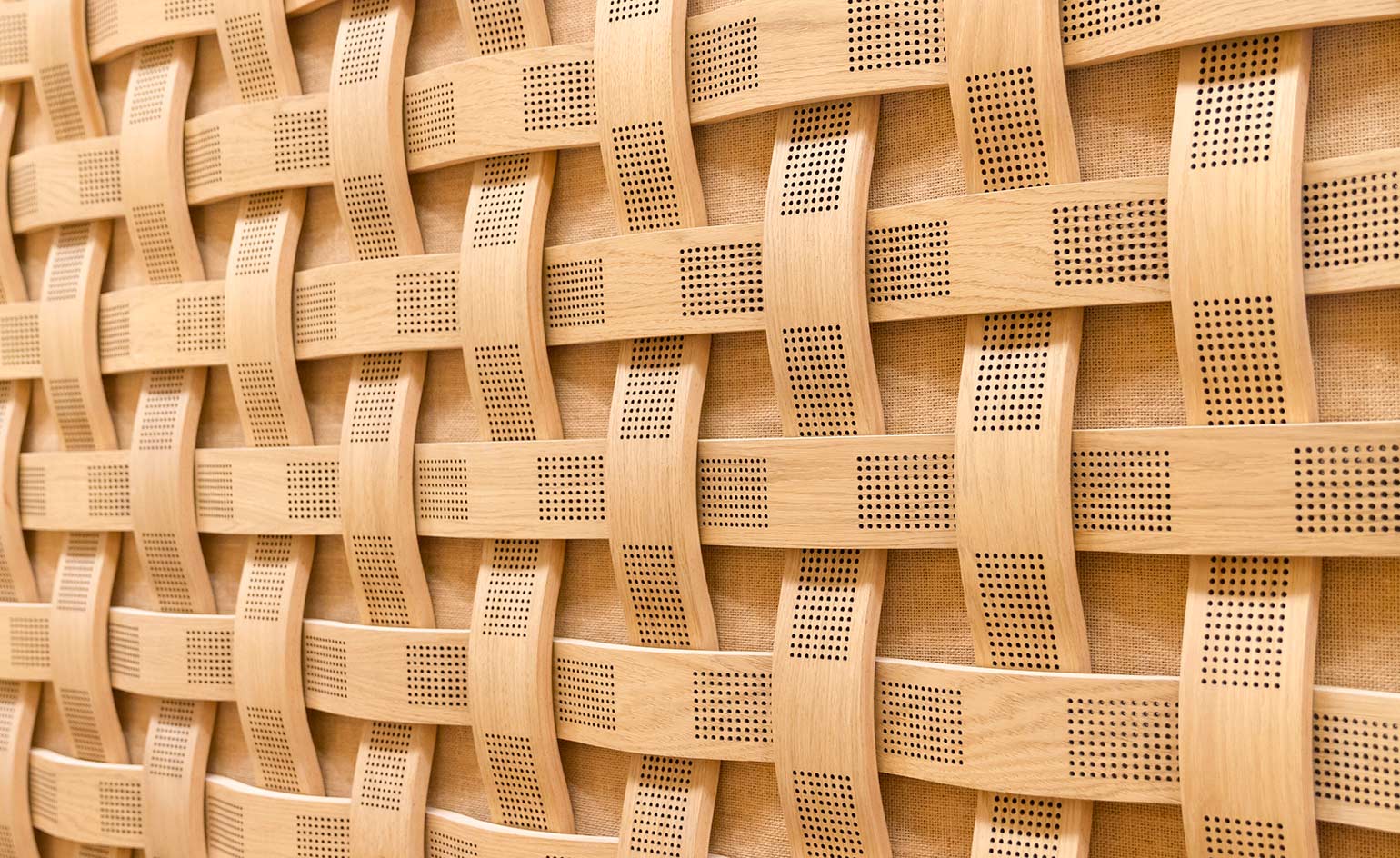
Small tubular pieces of wood, cardboard, and paper tubes improve acoustics in the interior of the auditorium
INFORMATION
For more information, visit the La Seine Musicale website
ADDRESS
La Seine Musicale
1 Cours de l'Île Seguin
92100 Boulogne-Billancourt
Receive our daily digest of inspiration, escapism and design stories from around the world direct to your inbox.
Harriet Thorpe is a writer, journalist and editor covering architecture, design and culture, with particular interest in sustainability, 20th-century architecture and community. After studying History of Art at the School of Oriental and African Studies (SOAS) and Journalism at City University in London, she developed her interest in architecture working at Wallpaper* magazine and today contributes to Wallpaper*, The World of Interiors and Icon magazine, amongst other titles. She is author of The Sustainable City (2022, Hoxton Mini Press), a book about sustainable architecture in London, and the Modern Cambridge Map (2023, Blue Crow Media), a map of 20th-century architecture in Cambridge, the city where she grew up.
-
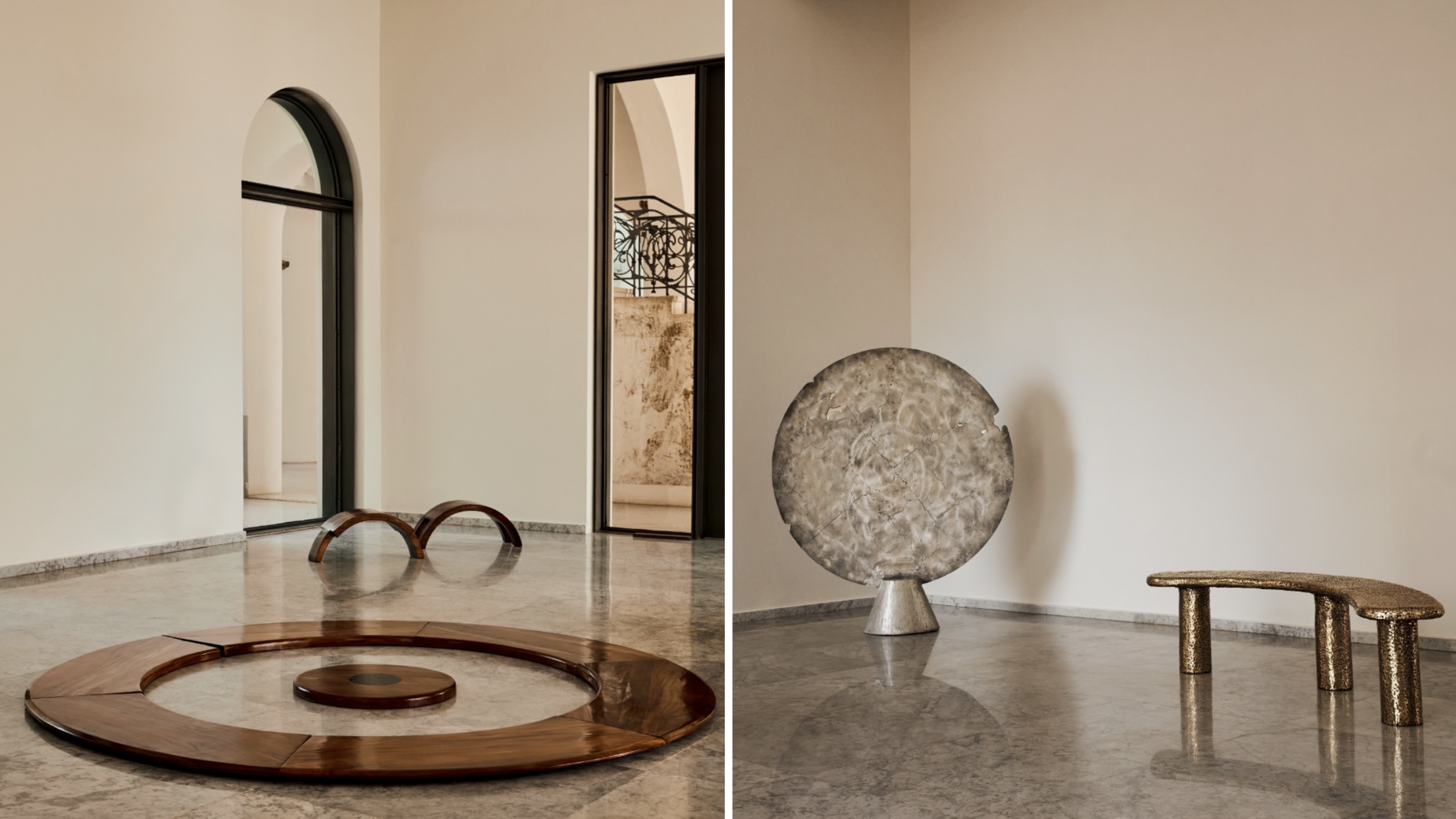 Togo's Palais de Lomé stages a sweeping new survey of West African design
Togo's Palais de Lomé stages a sweeping new survey of West African design'Design in West Africa' in Lomé, Togo (on view until 15 March 2026), brings together contemporary designers and artisans whose work bridges tradition and experimentation
-
 Vigilante’s 1979 Jeep Wagoneer features luxury trim, modern muscle and elevated styling
Vigilante’s 1979 Jeep Wagoneer features luxury trim, modern muscle and elevated stylingTexan restomod master Vigilante has created a new take on the classic Jeep Wagoneer, transforming the 1970s family SUV into a sleek, architectural powerhouse
-
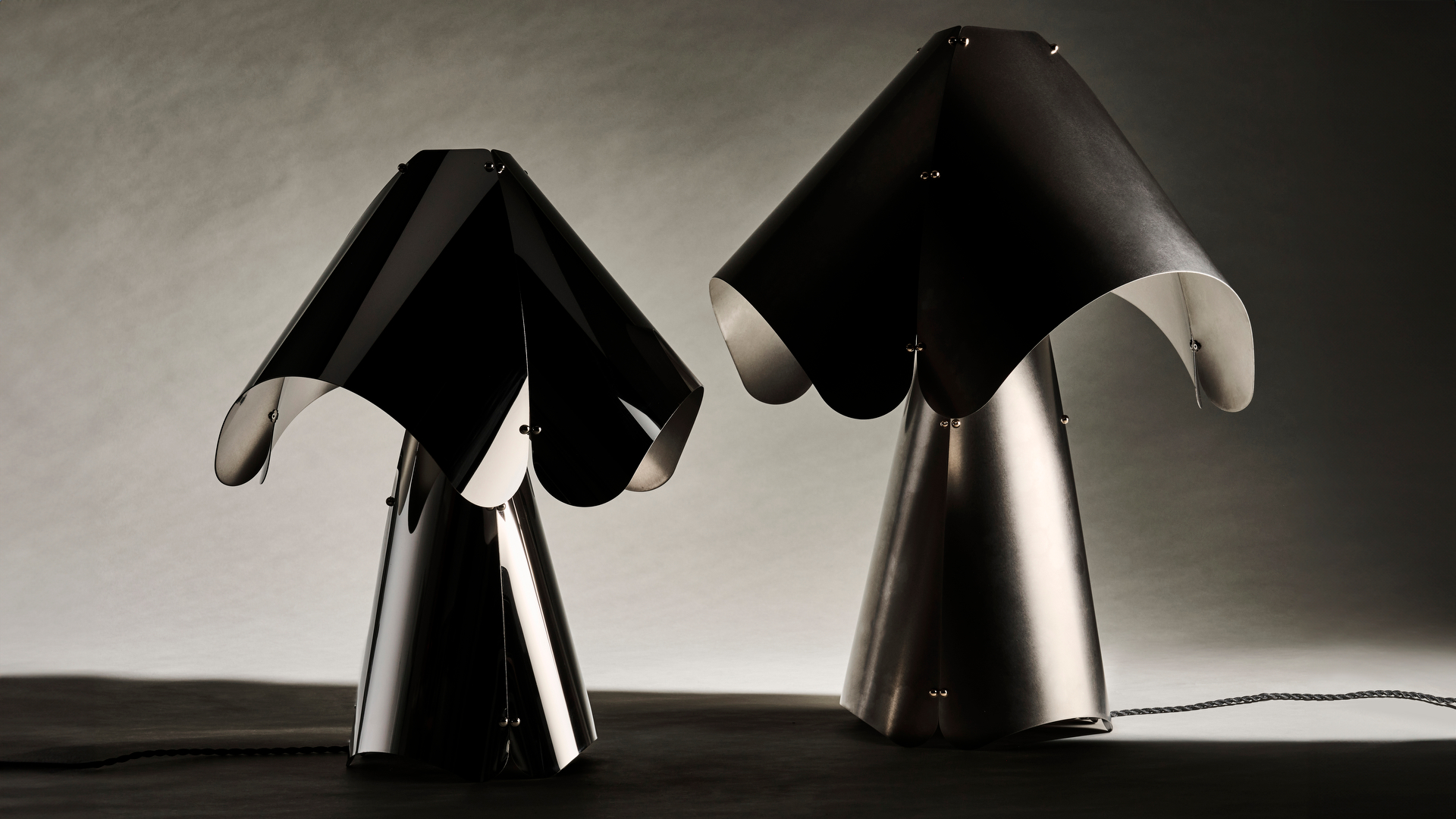 Australian studio Cordon Salon takes an anthropological approach to design
Australian studio Cordon Salon takes an anthropological approach to designWallpaper* Future Icons: hailing from Australia, Cordon Salon is a studio that doesn't fit in a tight definition, working across genres, techniques and materials while exploring the possible futures of craft
-
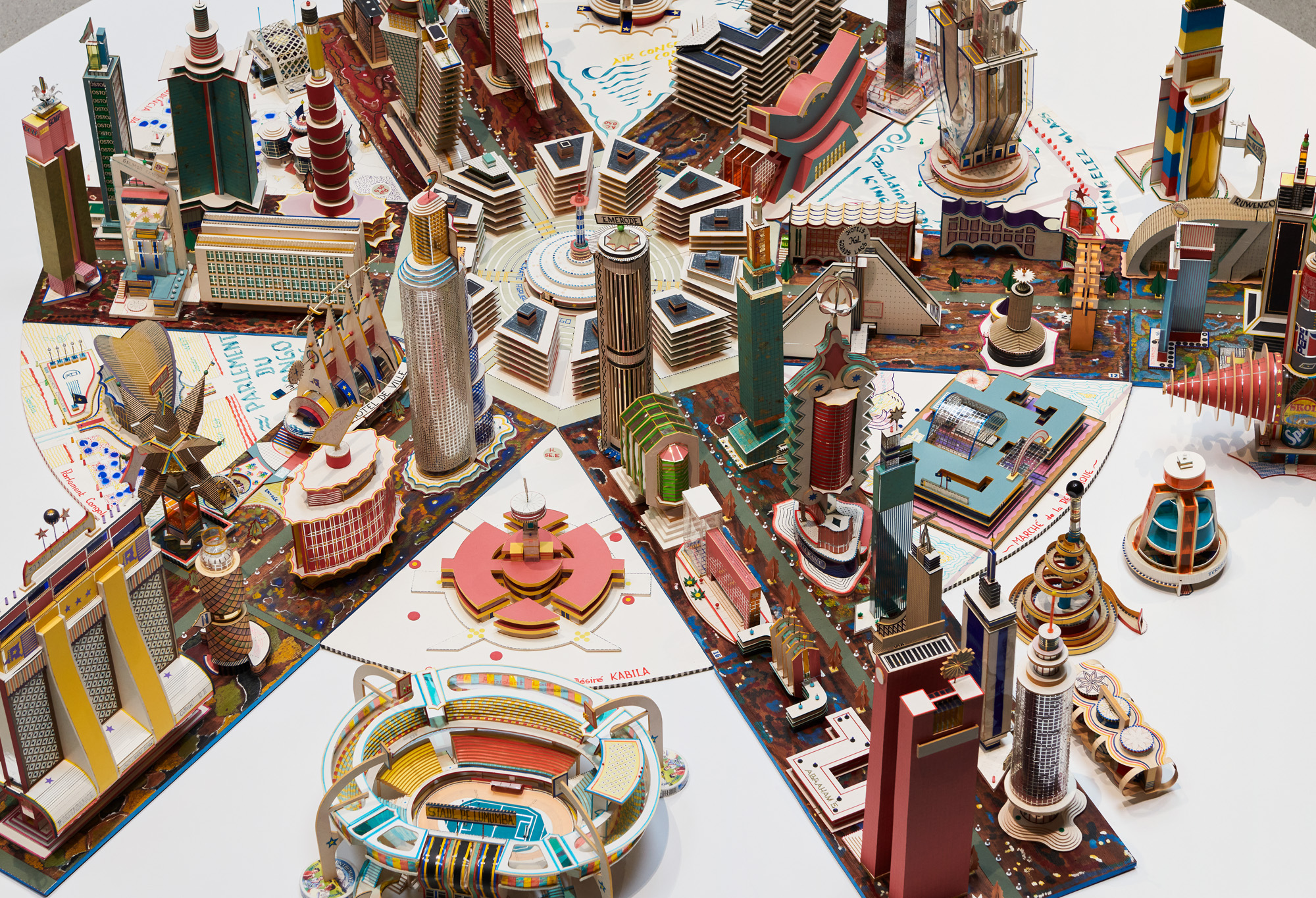 ‘You have to be courageous and experimental’: inside Fondation Cartier’s new home
‘You have to be courageous and experimental’: inside Fondation Cartier’s new homeFondation Cartier pour l'art contemporain in Paris invites us into its new home, a movable feast expertly designed by Jean Nouvel
-
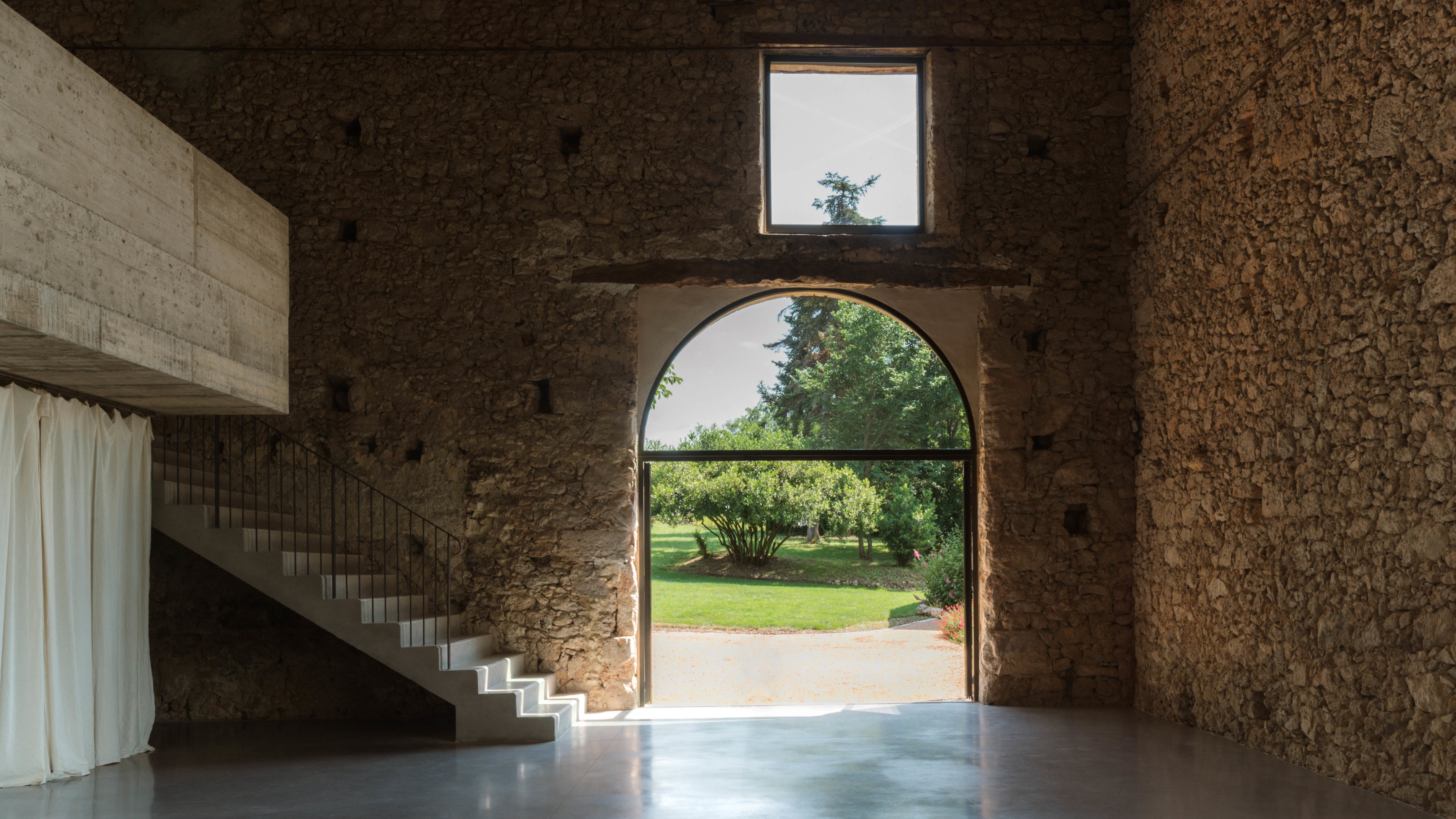 A wellness retreat in south-west France blends rural charm with contemporary concrete
A wellness retreat in south-west France blends rural charm with contemporary concreteBindloss Dawes has completed the Amassa Retreat in Gascony, restoring and upgrading an ancient barn with sensitive modern updates to create a serene yoga studio
-
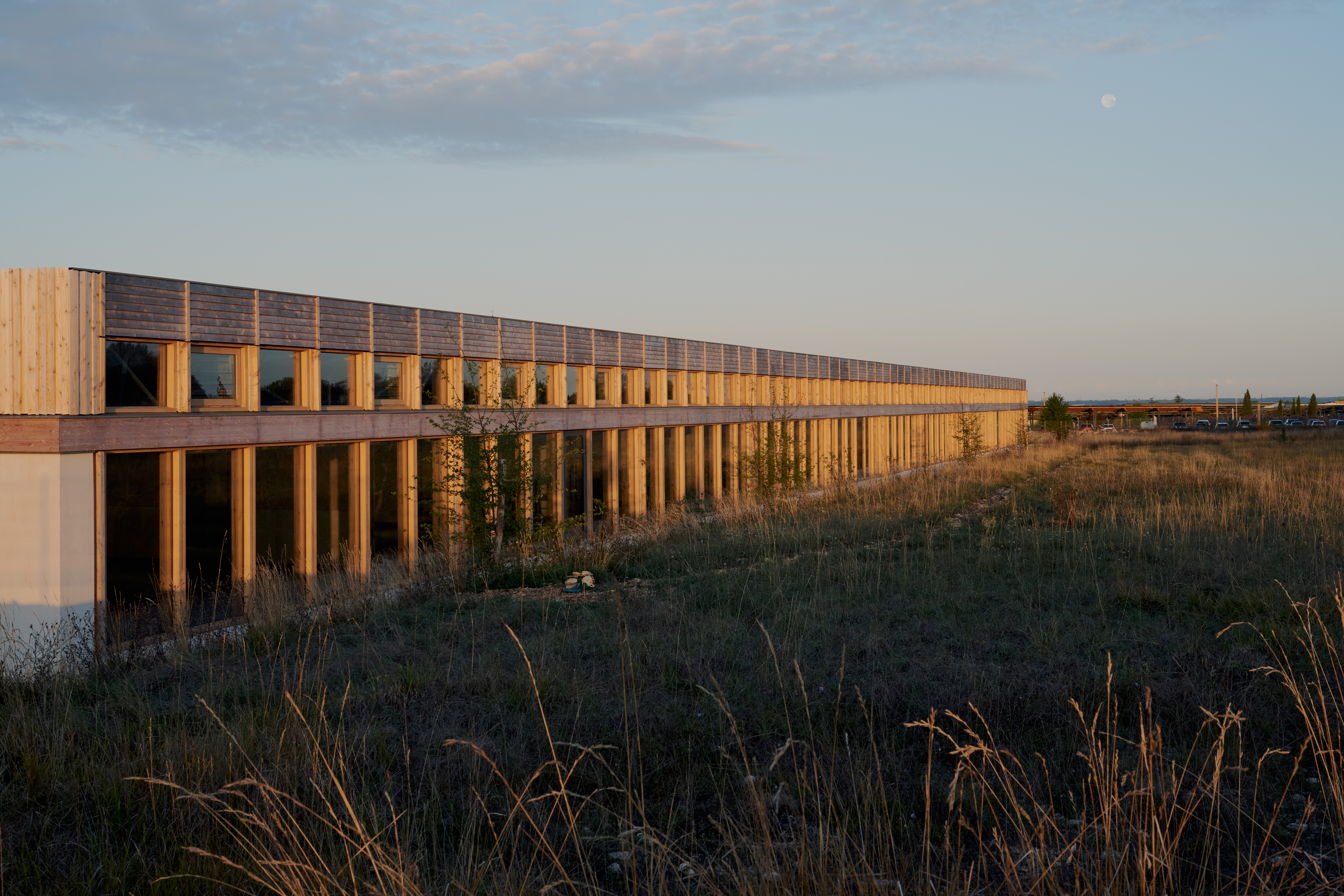 Explore the new Hermès workshop, a building designed for 'things that are not to be rushed'
Explore the new Hermès workshop, a building designed for 'things that are not to be rushed'In France, a new Hermès workshop for leather goods in the hamlet of L'Isle-d'Espagnac was conceived for taking things slow, flying the flag for the brand's craft-based approach
-
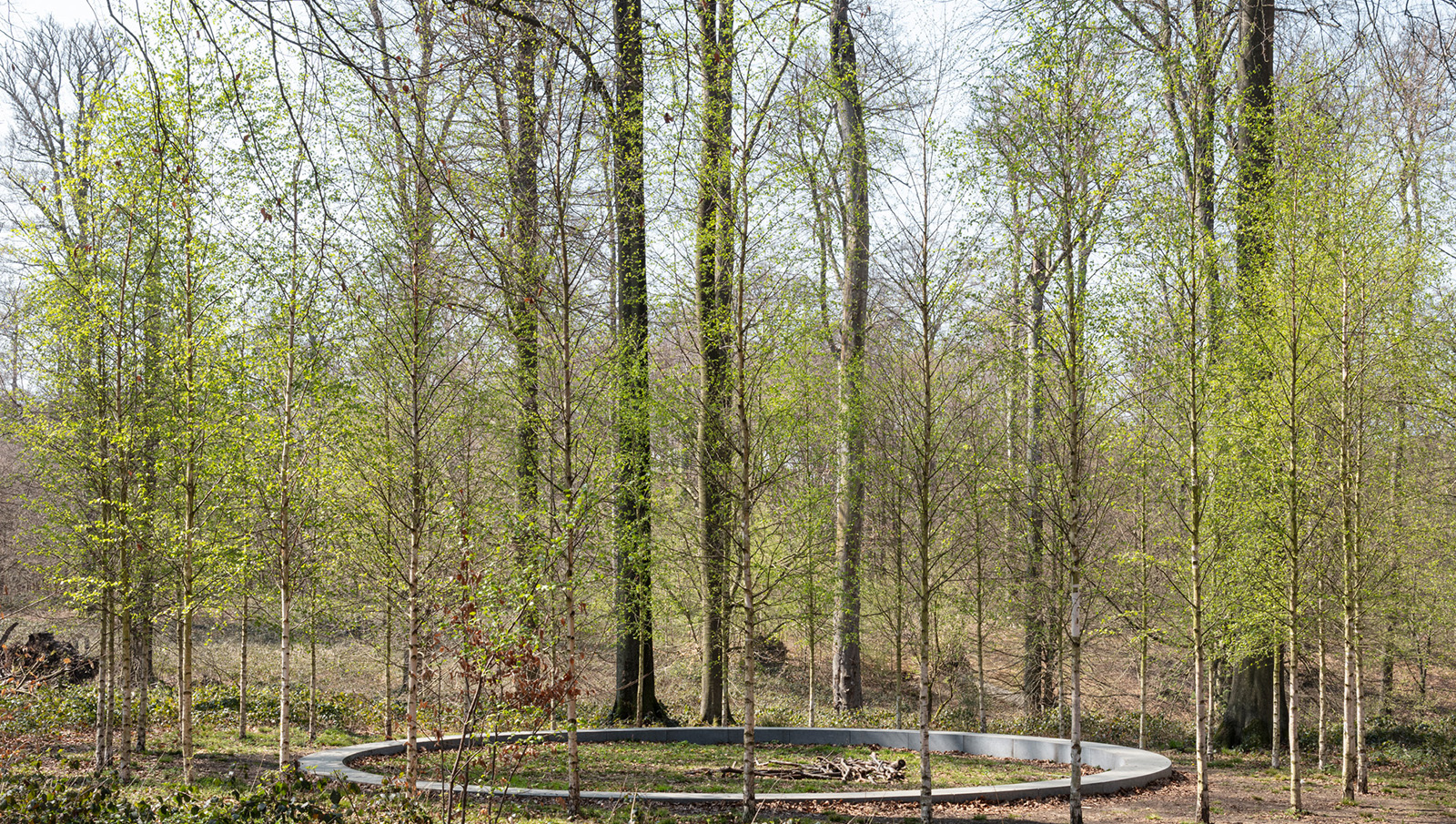 ‘Landscape architecture is the queen of science’: Emanuele Coccia in conversation with Bas Smets
‘Landscape architecture is the queen of science’: Emanuele Coccia in conversation with Bas SmetsItalian philosopher Emanuele Coccia meets Belgian landscape architect Bas Smets to discuss nature, cities and ‘biospheric thinking’
-
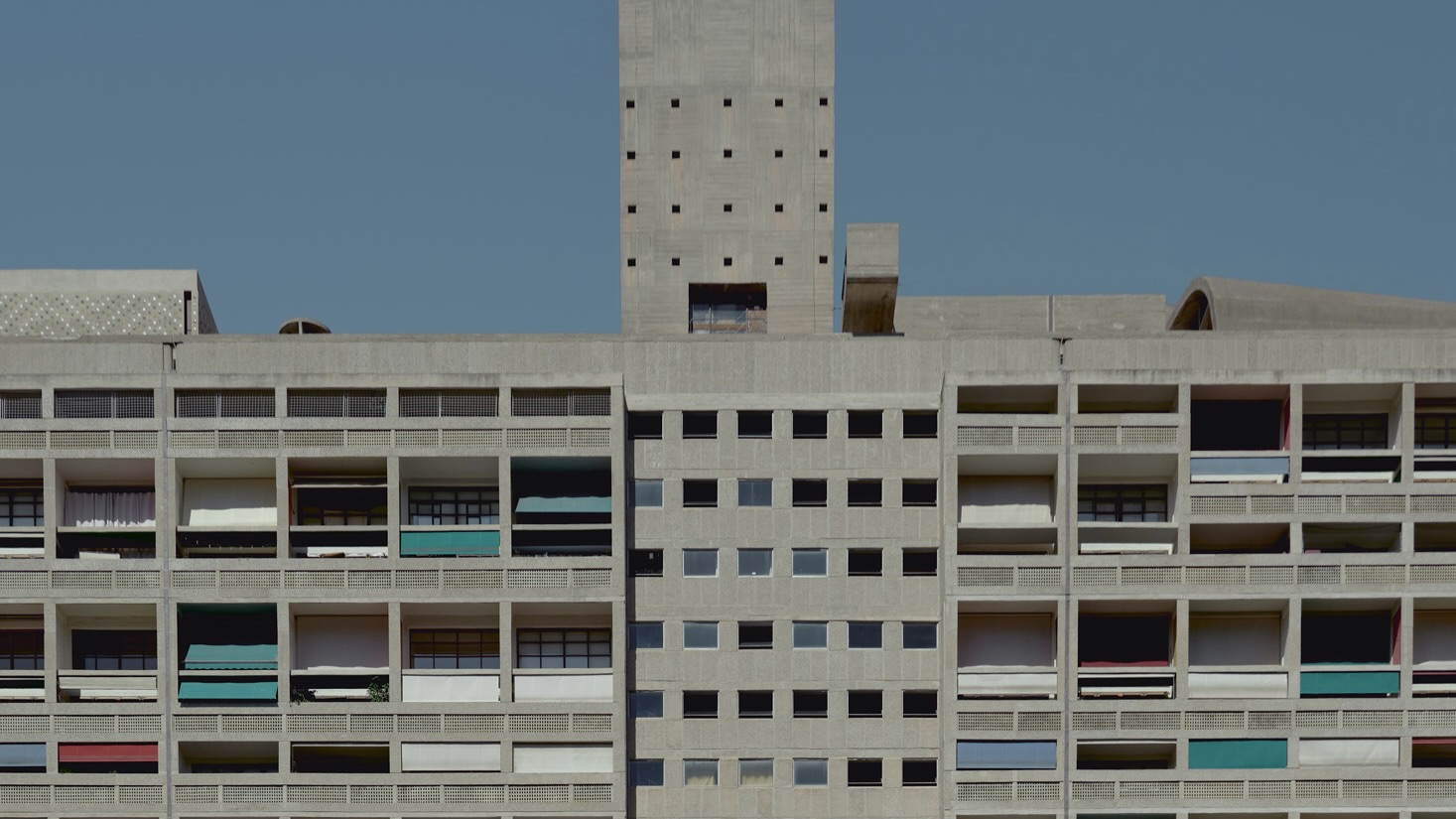 An apartment is for sale within Cité Radieuse, Le Corbusier’s iconic brutalist landmark
An apartment is for sale within Cité Radieuse, Le Corbusier’s iconic brutalist landmarkOnce a radical experiment in urban living, Cité Radieuse remains a beacon of brutalist architecture. Now, a coveted duplex within its walls has come on the market
-
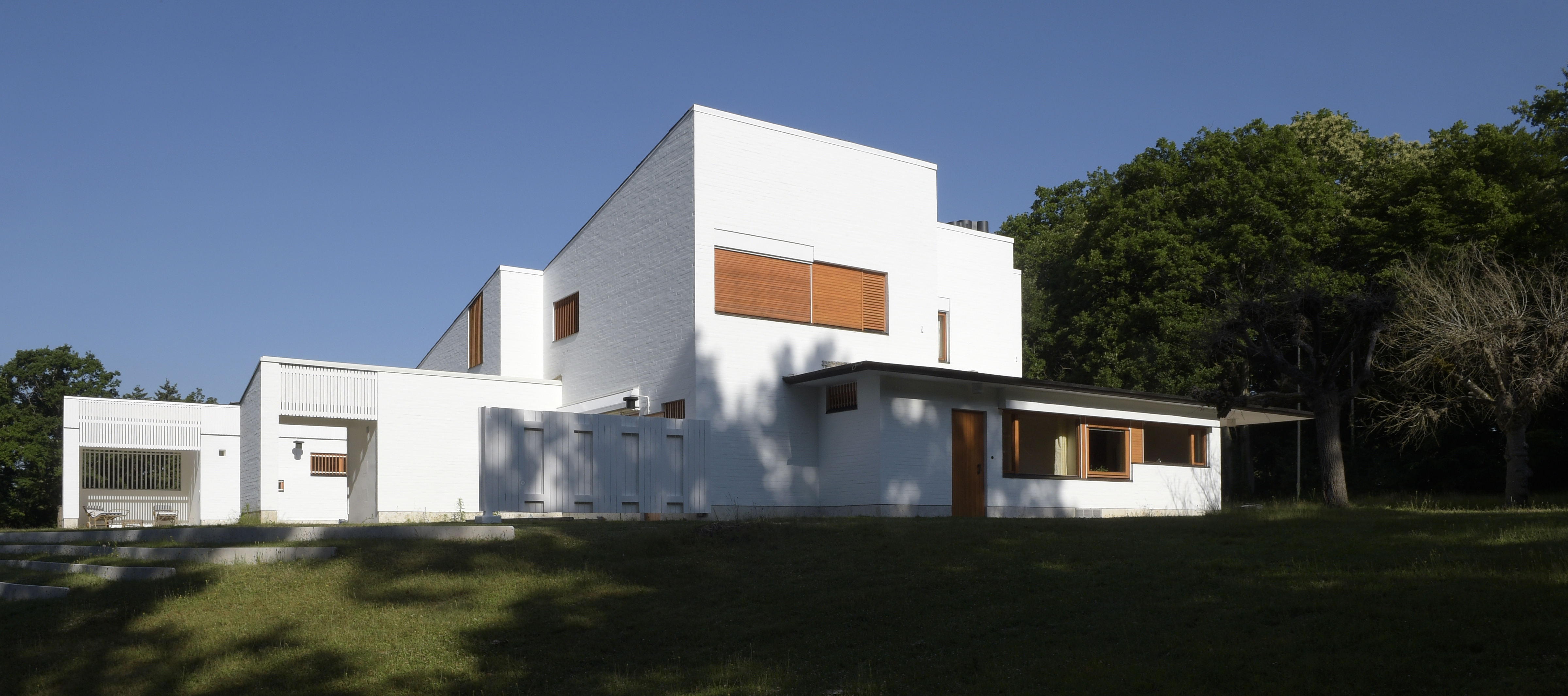 Maison Louis Carré, the only Alvar Aalto house in France, reopens after restoration
Maison Louis Carré, the only Alvar Aalto house in France, reopens after restorationDesigned by the modernist architect in the 1950s as the home of art dealer Louis Carré, the newly restored property is now open to visit again – take our tour
-
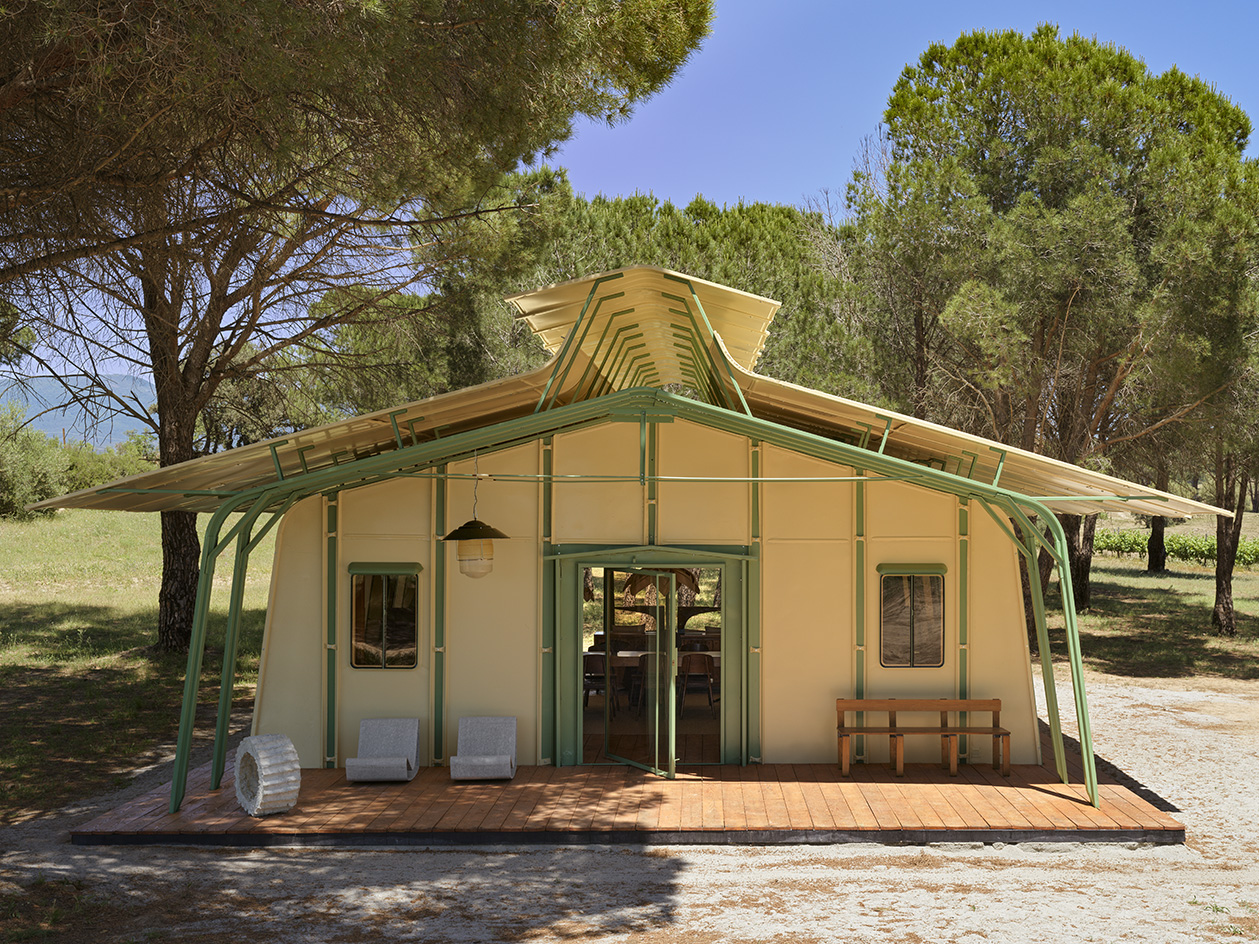 Meet Ferdinand Fillod, a forgotten pioneer of prefabricated architecture
Meet Ferdinand Fillod, a forgotten pioneer of prefabricated architectureHis clever flat-pack structures were 'a little like Ikea before its time.'
-
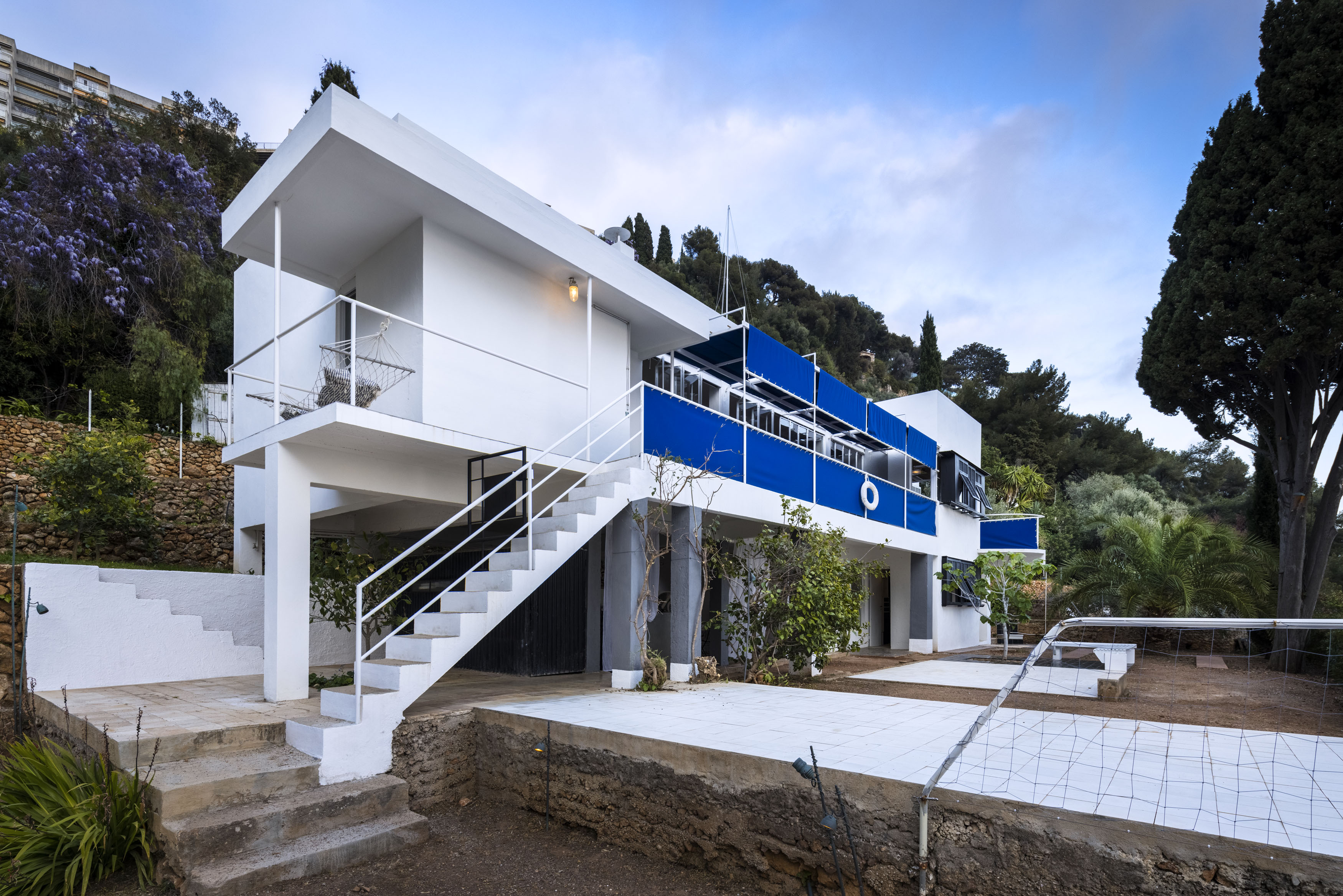 Eileen Gray: A guide to the pioneering modernist’s life and work
Eileen Gray: A guide to the pioneering modernist’s life and workGray forever shaped the course of design and architecture. Here's everything to know about her inspiring career